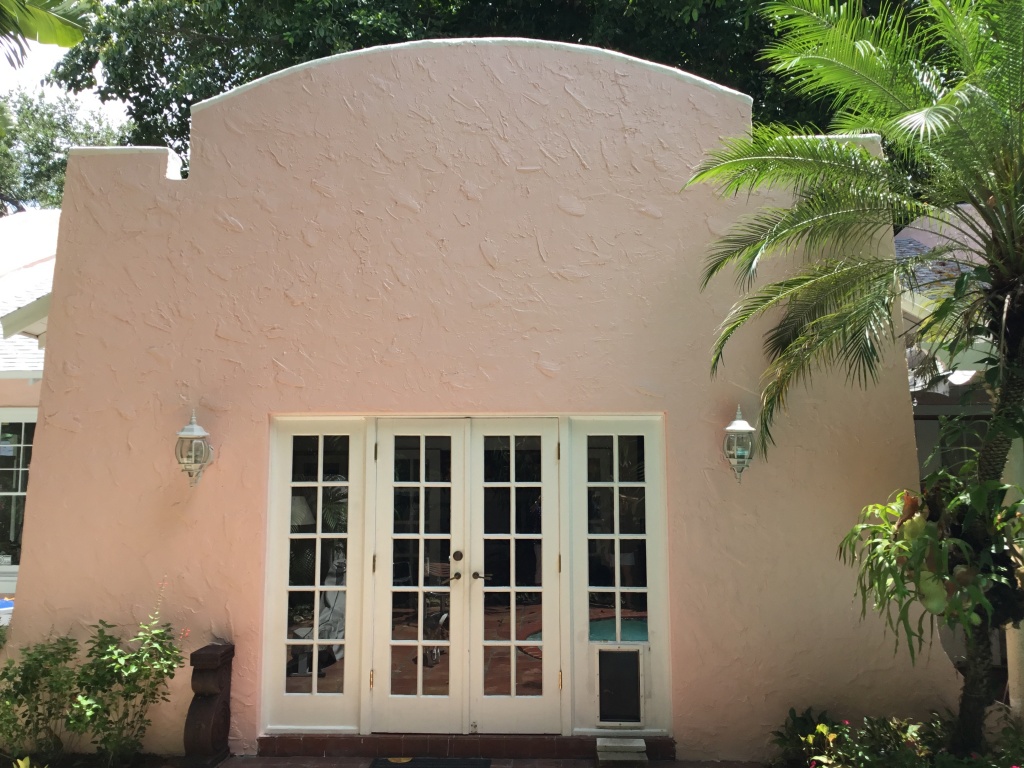
In 1909 the original house was a wood frame structure with a shingle roof. In 1915, it was acquired by the Sunshine Fruits Company. Sunshine had been founded 5 years prior to manage existing fruit groves for absentee owners who had purchased them as an investment and/or winter retreat. In 1924 during the height of the building boom, the house was remodeled in the Mission style. Sunshine Fruits Co. was so successful it expanded to include real estate development and the company’s operations became so popular it became a tourist destination. The Sunshine Fruits Company Inn was used as a guest house for potential buyers and it’s ample living room for sales presentations and business related social events. In 1924, the Inn was sold to Arthur B. Commons. Commons was president of Commons, Magee & Commons Inc., a real estate firm and his wife was a noted artist and ceramicist. In this house, Olive Commons developed Platinum Palm Ware, a technique where platinum was fused onto china in original Palm, Moss, Sky and Sea motifs. Platinum Palm Ware was awarded a medal at the 1939 New York World’s Fair. The house was occupied by Mrs. Commons until her death in 1963.
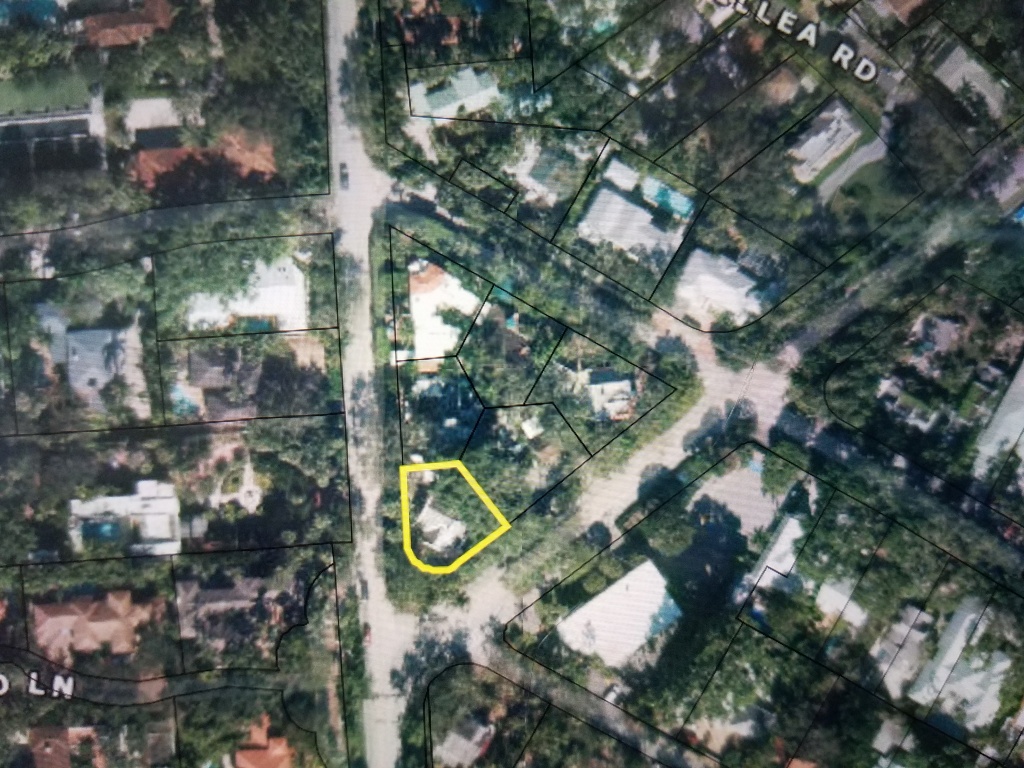
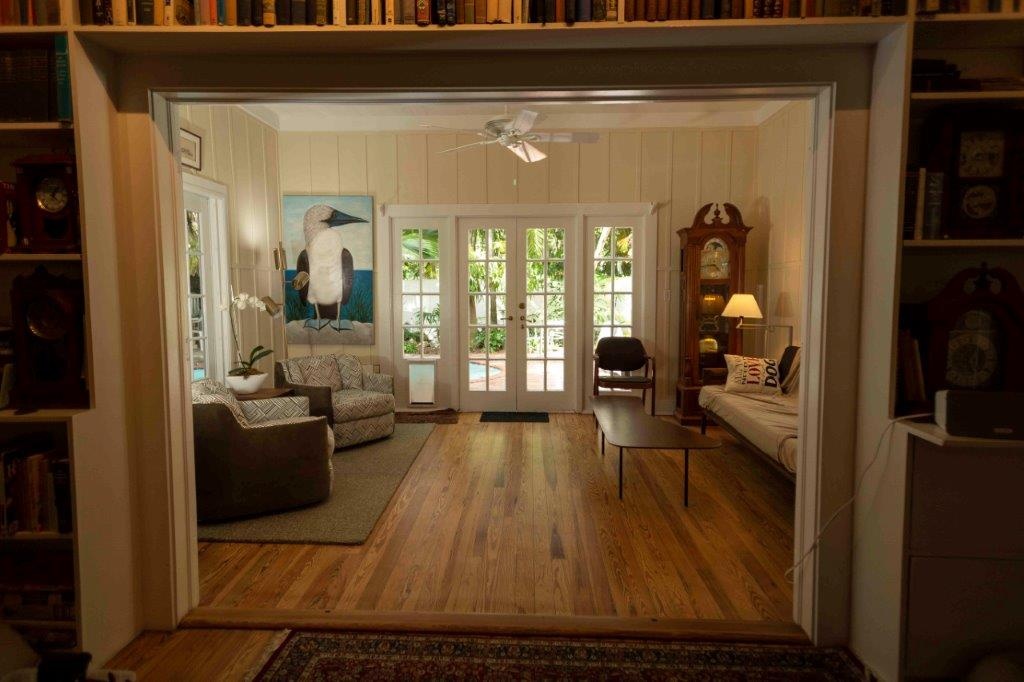
Lots of history & love remain in this house
-Julie O’Dell
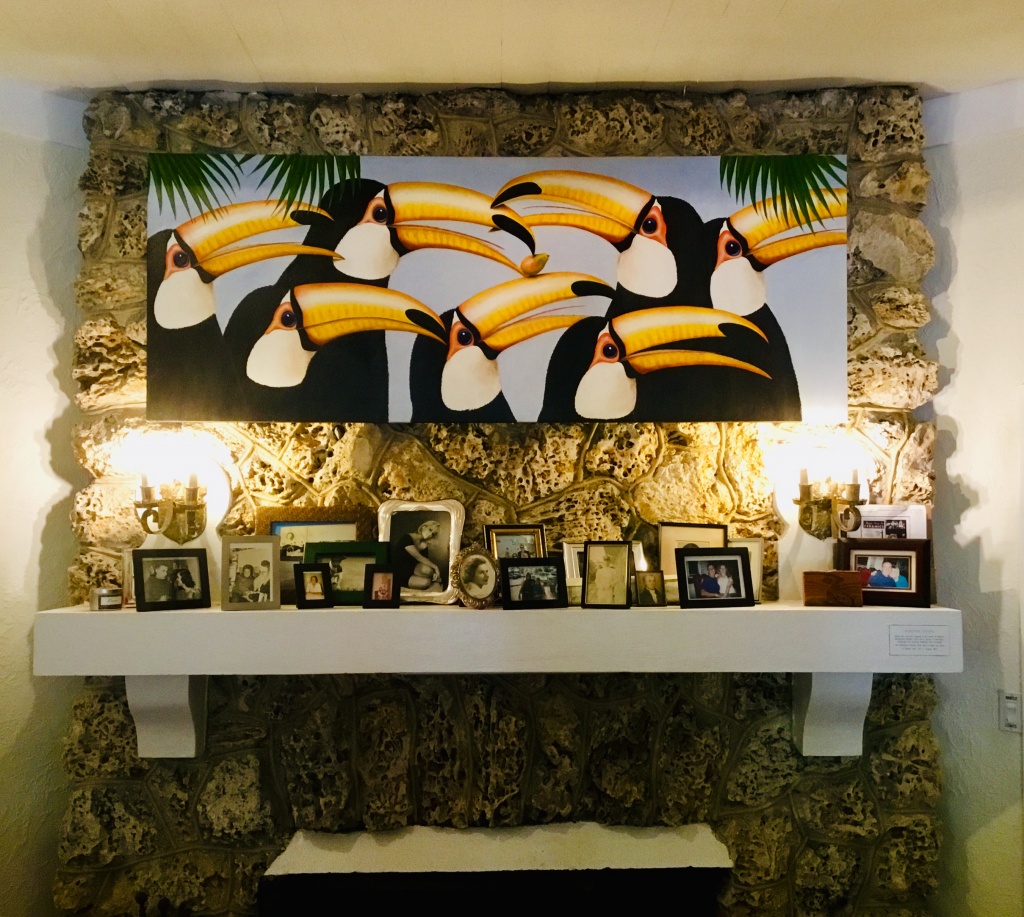
WOODSTOCK
The house became a rental property for several years after 1963. The idea for the music festival Woodstock was hatched in this house by Michael Lang and associates in 1968. In his 2009 book “The Road To Woodstock” he devotes an entire chapter to his years in Coconut Grove. He writes “In 1967, I had moved into a house in the lushly tropical South Grove, where the air was heavy with the scent of Jasmine. I’d rented a beautiful Spanish style adobe house, owned by an old Southern aristocrat named Mary Whitlock.”
HISTORIC DESIGNATION
In 1983, the house was purchased and remodeled by Mr. & Mrs. Frank Rubino. In 1984, the Rubino family wishing to prevent the future demolition of the house applied for historic designation. The City of Miami granted the request citing the Sunshine Fruits Company Inn’s historic and cultural significance to the development of early Coconut Grove.
WOMBAT KEY
Eve Edwards purchased the house in 1990 and in 1992 sold it to a worldly and retired couple named Ellen and Ian Ball one week before Hurricane Andrew. Mr. Ball had been the New York bureau chief for the Telegraph of London and Mrs. Ball an actress, writer, artist and bon vivant. They remodeled the house and re-named it Wombat Key in honor of Mr. Ball’s Australian roots. The family owned the property until Mrs. Ball’s passing in 2017.
THE HOUSE TODAY
In 2017 the house was acquired by Julie O’Dell, president of Odelphia a commercial real estate firm and her husband Andy Parrish a developer and current member of the City of Miami Planning & Zoning Appeals Board. They completely renovated the house and moved in on May 2018. The couple shares a strong interest in history and architectural design, and have filled their house with tropical and whimsical original artwork (mostly by previous owner, Ian Ball) to complement the home’s design. We know Wombat Key, as locals prefer to call it, is under the stewardship of two professionals who understand the architectural significance and personal narratives of this historical house. In a community undergoing rapid changes like Coconut Grove, it is reassuring to know this property will not be forgotten.

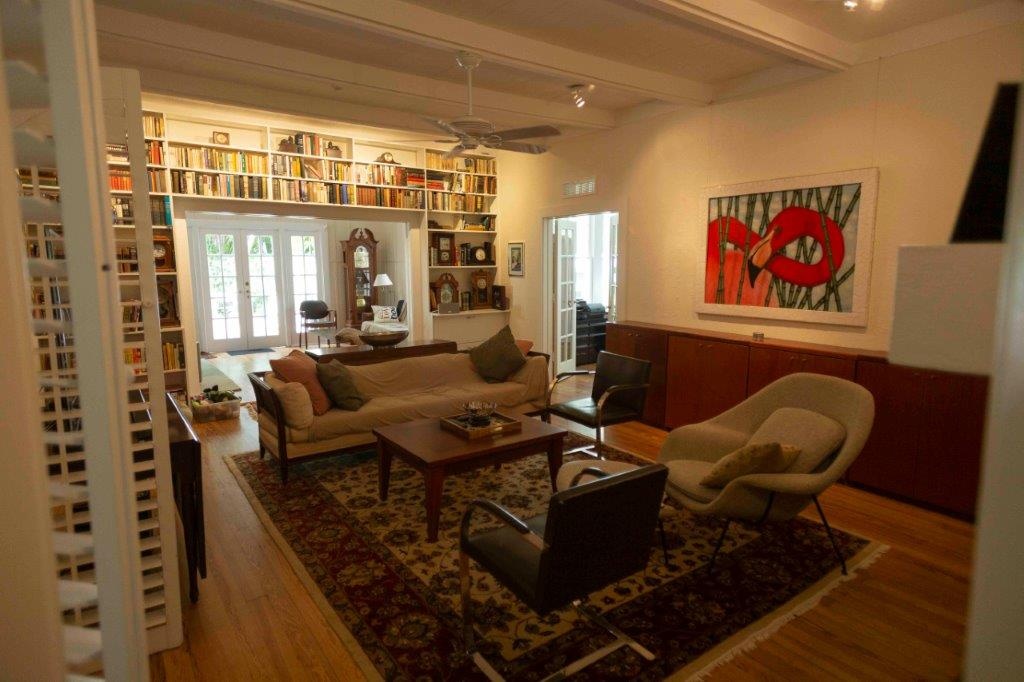


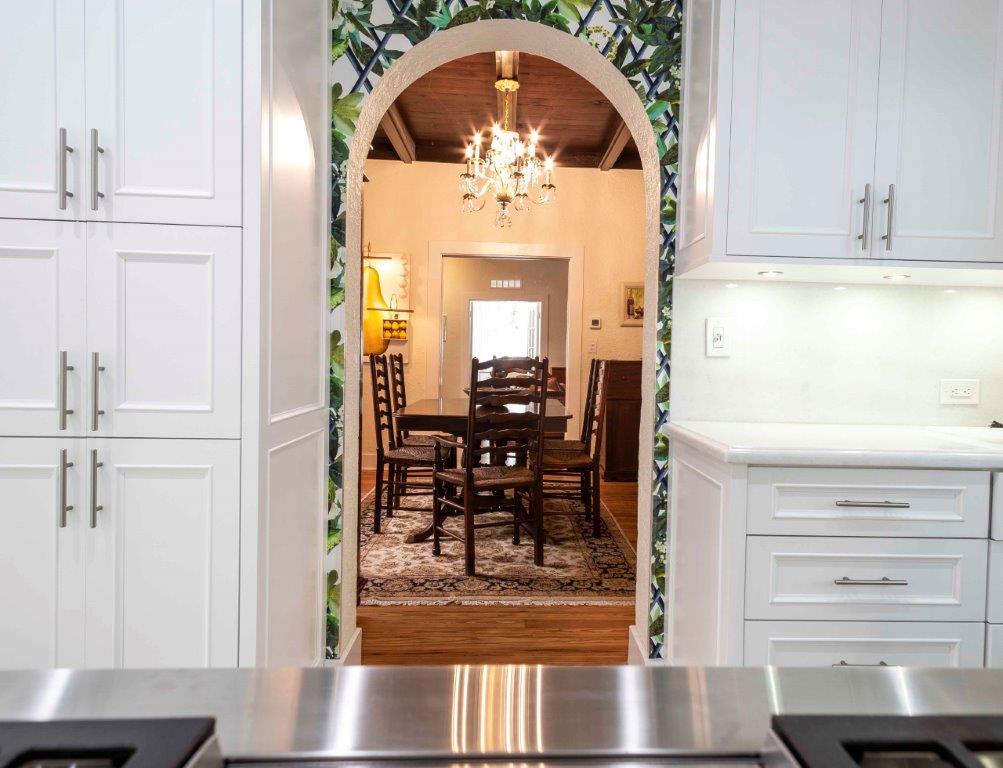

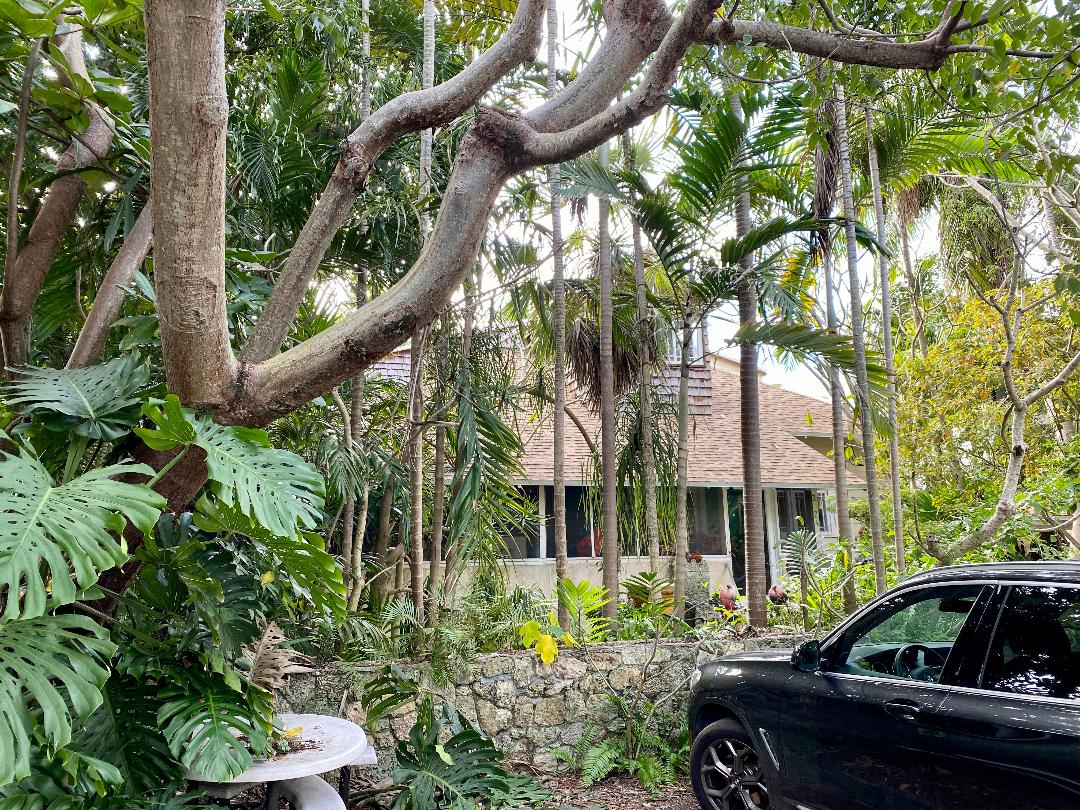
Great article!